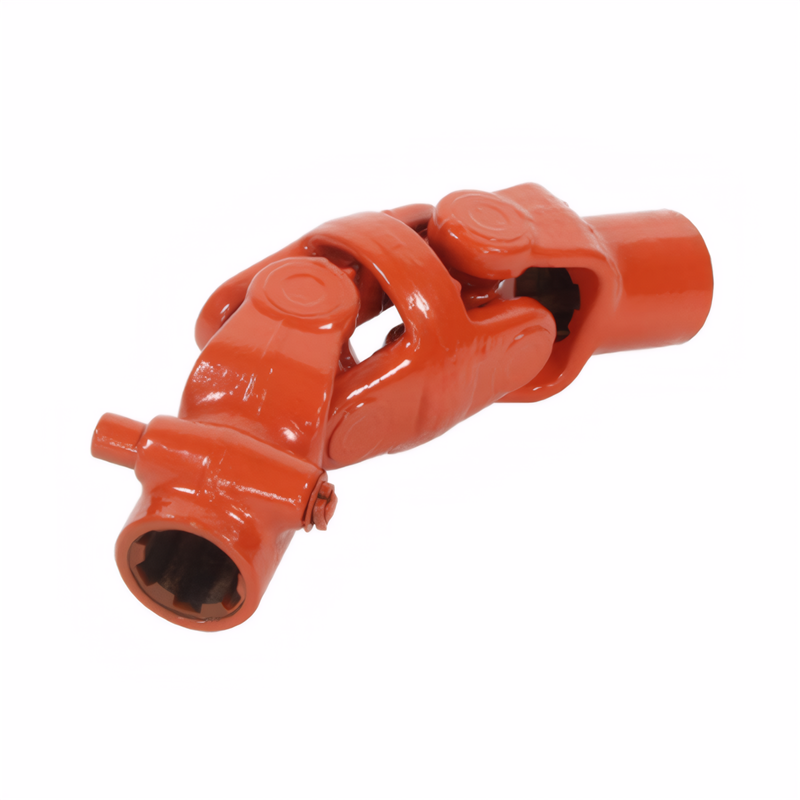Key points for summer maintenance of drive shafts
Essential Summer Maintenance Practices for Drive Shafts
Drive shafts require specialized seasonal maintenance to withstand summer's high temperatures and operational stresses. Proper care prevents premature wear, maintains balance, and ensures reliable power transmission during hot weather conditions.
Temperature-Specific Lubrication Management
Summer heat demands high-temperature lubricants to prevent grease breakdown. Use 3# lithium-based grease with NLGI Grade 2 consistency for universal joints and splines. This formulation maintains stability up to 150°C without separating or hardening.
Lubrication Frequency Adjustments
- Increased intervals: For vehicles operating in sustained high temperatures, reduce lubrication intervals by 25% compared to standard recommendations
- Application technique: Use grease guns to apply 5-8 grams of lubricant per joint, ensuring complete coverage of rolling elements
- Contamination prevention: Wipe excess grease from boot surfaces to prevent dust accumulation that could attract additional contaminants
Check for grease migration issues where heat causes lubricant to flow away from critical components, requiring reapplication to affected areas.
Thermal Expansion and Component Alignment
High temperatures cause metal expansion that affects drive shaft geometry. Monitor for these heat-related issues during summer operation:
Expansion-Related Inspection Criteria
- Yoke alignment: Measure angular displacement between transmission and differential flanges, ensuring alignment remains within 0.5 degrees
- Slip yoke clearance: Verify end play remains between 0.05-0.15mm after thermal cycling
- Boot integrity: Inspect protective rubber boots for heat-induced cracking or deformation that could compromise joint sealing
Use dial indicators to measure radial runout while the shaft rotates at operating speed, comparing readings to cold measurements to detect thermal distortion.
Cooling System and Operational Practices
Effective heat dissipation prevents component failure during summer. Implement these cooling strategies:
Heat Mitigation Techniques
- Airflow optimization: Ensure no obstructions around drive shaft components that could trap heat
- Load management: Reduce continuous operating loads by 10-15% during peak temperature periods
- Idling reduction: Limit prolonged idling which concentrates heat on stationary components without cooling airflow
After high-speed operation, allow 15-20 minutes of cooling before shutdown to prevent heat soak that accelerates grease degradation. Monitor transmission fluid temperatures, as excessive heat transfer to the drive shaft indicates potential cooling system issues requiring immediate attention.
 The inspection method for the
The inspection method for the
 Symptoms of wear of the univer
Symptoms of wear of the univer
 Analysis of the Causes of Abno
Analysis of the Causes of Abno
 The ability of the drive shaft
The ability of the drive shaft
 简体中文
简体中文 English
English
